Indianapolis Wedding Photographer | casey and her camera
2014 was an interesting year for me as a wedding photographer. It was the first time I stepped out from behind the role of being the primary photographer and into the role of being a second shooter. I didn’t get started with weddings through second shooting – I know this is not the norm for wedding photographers and I would HIGHLY recommend second shooting FIRST for experience, portfolio building, and (quite honestly) testing the waters before you jump right in…. it just didn’t work out that way for me.
I shot my first wedding in (oh gosh… I’m not even sure I’ve got this right…) 2009? Things sort of spiraled from there. I shot a few more weddings in 2010, 2011, and 2012 all leading up to the official launch of my business (for a wedding) in 2013.
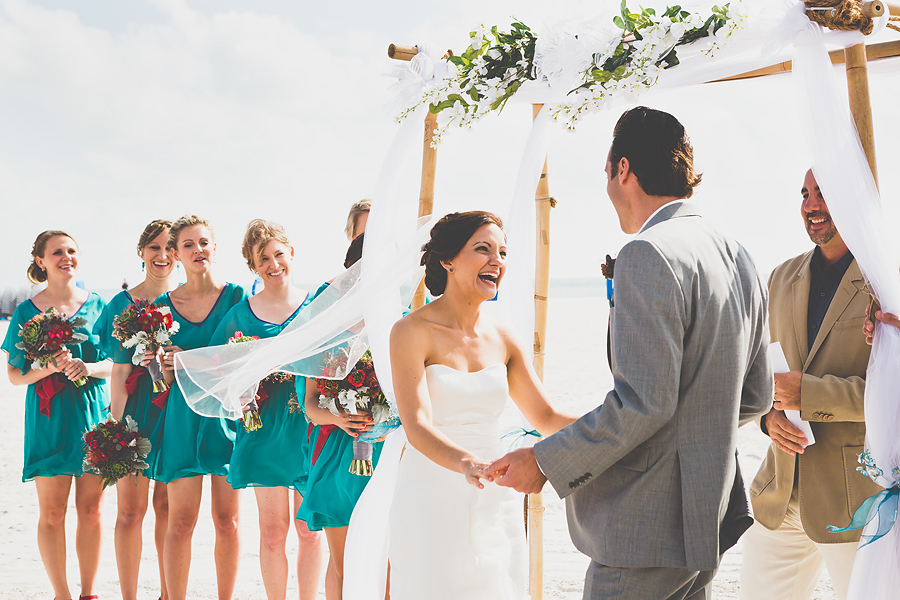
I worked with a second shooter for the first time in 2013. Having never worked with a second or as a second, it was an learning experience for me. Luckily, I had someone mentoring me and my second turned out to be AMAZING. I continued to work with second shooters throughout 2013 and into 2014 and at the end of 2014 I promised myself I would never work WITHOUT a second again. Although I will admit there are a few exceptions I make for small and backyard weddings.
What really made it all come together was working as a second shooter (for the first time in my wedding photography career) in 2014. I second shot three separate times and for three different photographers. It was almost relaxing to be on the ‘other side’ of things and to not be in control. At the same time, it was challenging. I’m a total control freak.
Regardless, here are the top 5 things I learned from being a second shooter.
- You are the primary’s eyes and ears. The primary photographer is focused on the couple. It becomes the job of the second shooter to focus on the guests, the details, and everything that is happening in between moments with the bride and groom. I spent my time constantly scanning the crowds, looking for private moments like the one below, and making sure that my images, when aligned with the time stamp of the primary, would paint a ‘between the lines’ picture for them of what was going on while they were shooting the main events.
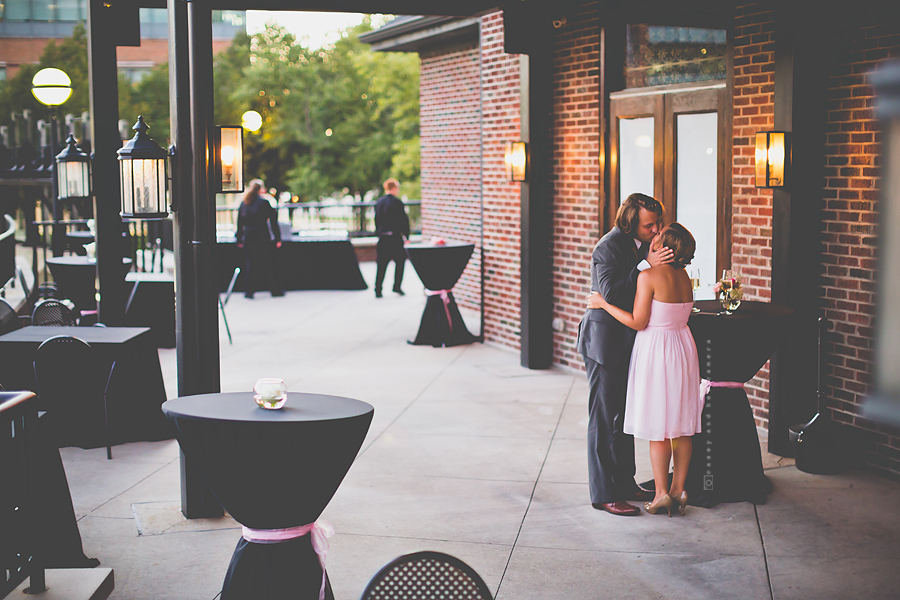
- Be flexible. I’m a control freak. I’m sure a lot of you are, too. I like timelines, I like detail and organization, and (obviously) I like being in control. Know that this is not your gig. You are working for someone else. Be flexible to their needs, be sensitive and open to changes and suggestions, directions and demands. Go with the flow and be quick on your toes. Carry bags, move gear, stay one step ahead of what the primary will need and let them know you’ve handled it. Sometimes babies just have to eat.
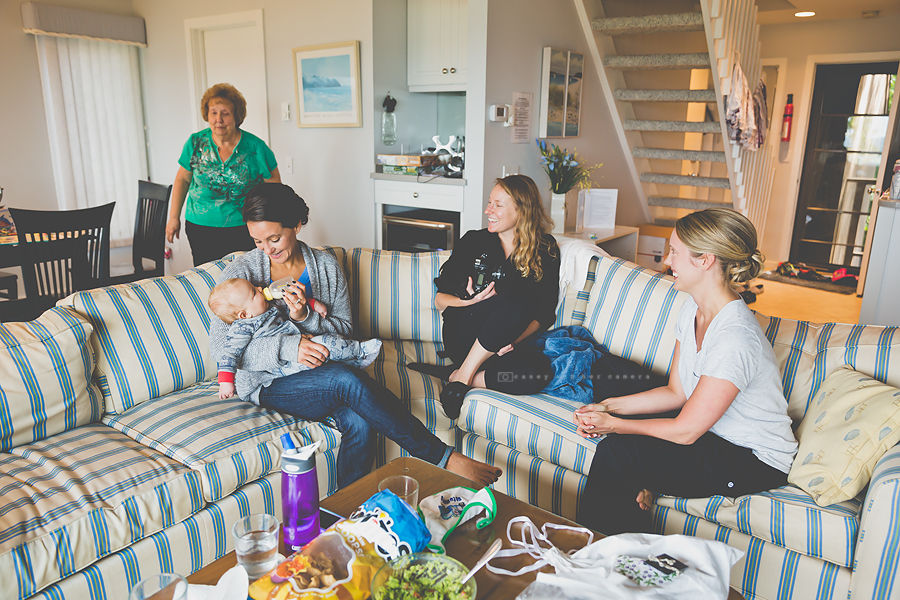
- The guys are important, too. As a second shooter, you will spend the majority of your day focusing on the guys. While the primary is with the girls as they are getting ready, the second shooter will be with the guys. I approach every groomsmen prep time as I do as the primary photographing the girls. I start with the details and accessories and I end with a couple of group shots, and get everything in between. As a married person, when I look through our images, I love seeing the shots of my accessories from our wedding day – my dress, necklace, even my orange Toms. But my husband wore a bow tie and blue shoes and I love seeing those shots mixed in to remind me of what that day was like for him…. for us. There is just as much emotion in that room as when the girls are getting ready. And that brings me to….
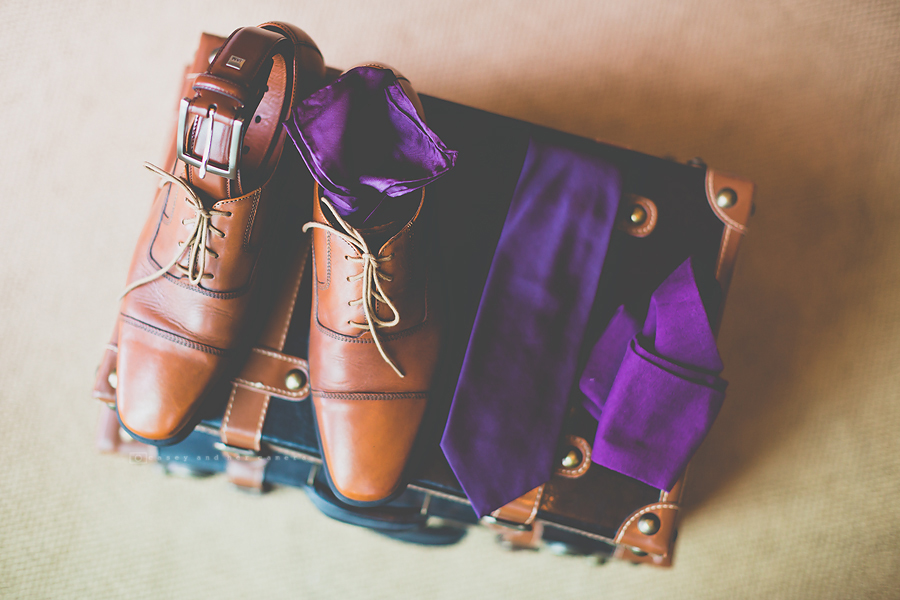
- Groomsmen are not as PG-13 as bridesmaids. Men handle emotions very differently than women – this doesn’t change on a wedding day. In the girls room, there are usually nervous giggles, a few tears, sentimental smiles and such. In the guys room, there is usually a bit of roughhousing, crude jokes, photobombing and, well… energy. Almost every time I’ve photographed the guys getting ready (whether as a secondary or as the sole photographer of the event) I’ve gotten some kind of comment about being the only female in the room of males. I’m not shy and my teaching background allows me to very easily enter a room of strangers, take control, and get to work. I always start off introducing myself, give a few tips and hints about lighting, posing, etc., and then I go with the flow. I don’t try to change the emotion, I let the jokes slide and after those initial moments, they forget I’m there and focus on one another. If you’re a female second shooter and just getting started, the number one piece of advice I can give you is to be confident. Walk into the room, tell them who you are, and get started. Don’t let the excitement overpower you – it will influence your shots.
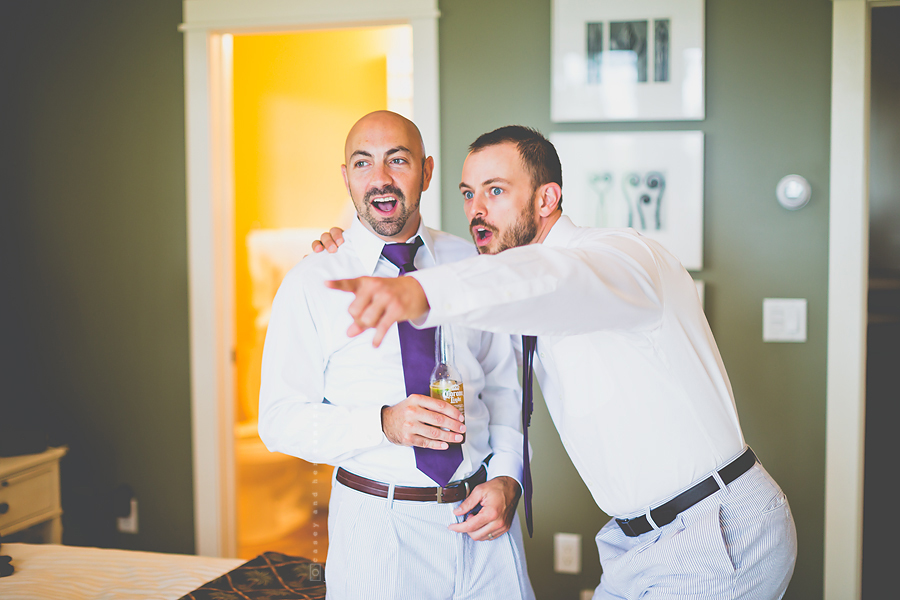
- Don’t forget the primary photographer. This isn’t something I’ve learned, or even been advised to do, but during my first second shooting experience, I was standing back while the primary organized a large group shot of the wedding party. There wasn’t gear for me to be holding/changing/moving, there wasn’t anything for me to be shooting (there were no other angles to shoot this from), and I DO NOT do well standing idle. So I shot the primary shooting the shot. Then it hit me. FREE ADVERTISING. I’m working for this primary, and as photographers, we are often advised to have shots of us working with our clients. That means hiring a photographer to come along on a shoot to film or shoot you in action. Except for weddings. You are already there… you are already hired… you are already working for them. So why not snap a few images here or there that they could use in their bio sections of their website? The images you are shooting are already theirs – you are working for them. It’s like throwing in a little surprise gift into the wedding shots. They won’t go out to the client, and that’s okay, but the photographer has them to use at their disposal. I now make it a point to shoot at least one or two shots of every primary I work with and would love for my seconds to do the same.
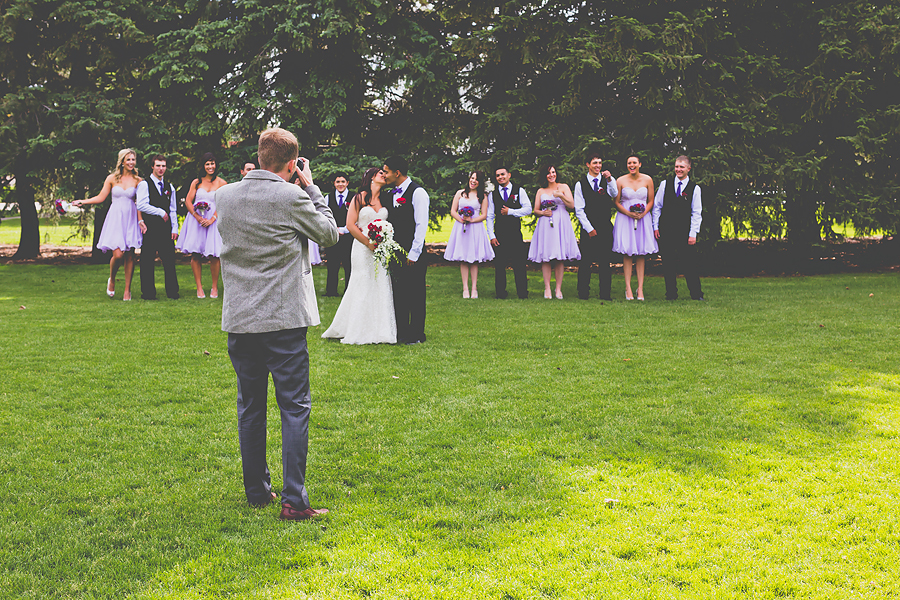
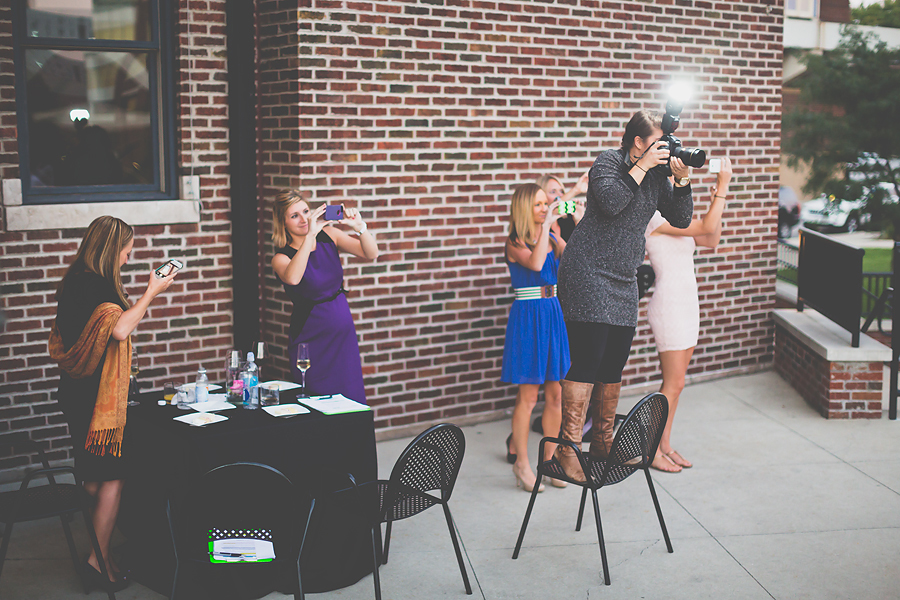
Or in this case, she just happened to blend in so well and the crowd cheering for the newly married couple is what I was looking for as her eyes and ears. 😉
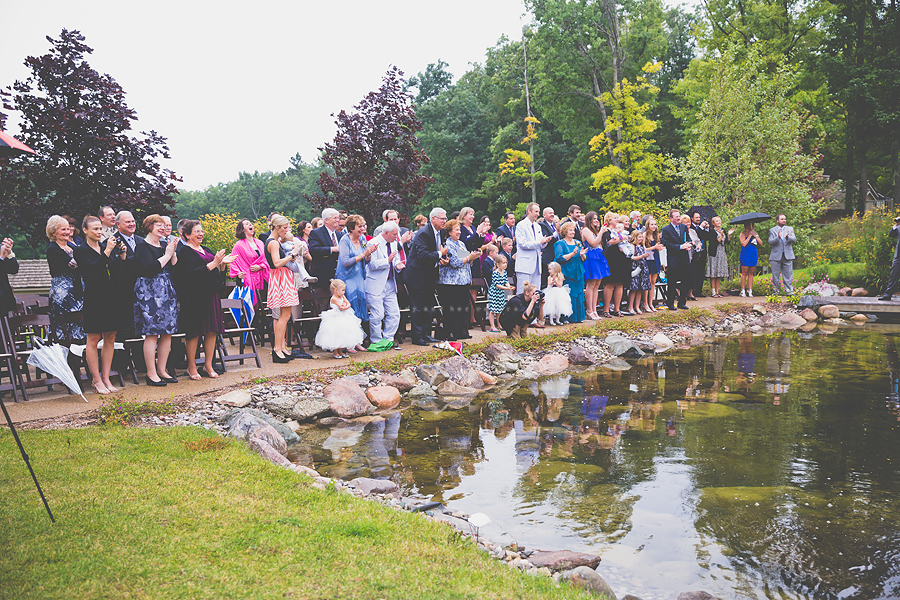
So there you have it – the five things I gained from working as a second shooter last year. I look forward to shooting as a secondary photographer again in the future, as well as working with my own seconds this year! Happy Friday!
casey and her camera is an Indianapolis Wedding Photographer specializing in family, couple, lifestyle, senior, and wedding photography for Indianapolis, Indiana and the surrounding areas.
Share this:
Indianapolis Wedding Photographer | For Photographers Fridays | Second Shooting
Feb 6, 2015

What cool tips! I’ll be sure to keep these in mind if I ever dare to second a wedding.
Dare to! You can do it!
These are amazing tips. I’ve only photographed 1 wedding before so this was really eye opening!
Thanks, Morgan. Even after photographing weddings for several years, I find that I learn something new with each wedding – and learned a LOT shooting as a second and from the ‘other side’ of things. Good luck with your future weddings!
That is a great moment you captured! Love the brides expression!
Love this post Casey!!! I’ve 2nd shot a good number of times but when it’s my own weddings I very rarely have a 2nd… maybe something I need to add… at the very least add an assistant that can also shot if needed :)!! Thanks for sharing this!!!
Thanks, Kendra! You should try shooting with a second – it will change your life! I didn’t shoot with seconds when I first started out and now I can’t imagine otherwise. It alleviates so much… everything, really. If not even as a shooter, you can always bring on an intern, etc., to move gear, gather family members for formals, communicate and set things up for you, etc. It’s a great learning experience for those starting out and you’re time will be made SO.MUCH.EASIER.
What a beautiful wedding! 🙂